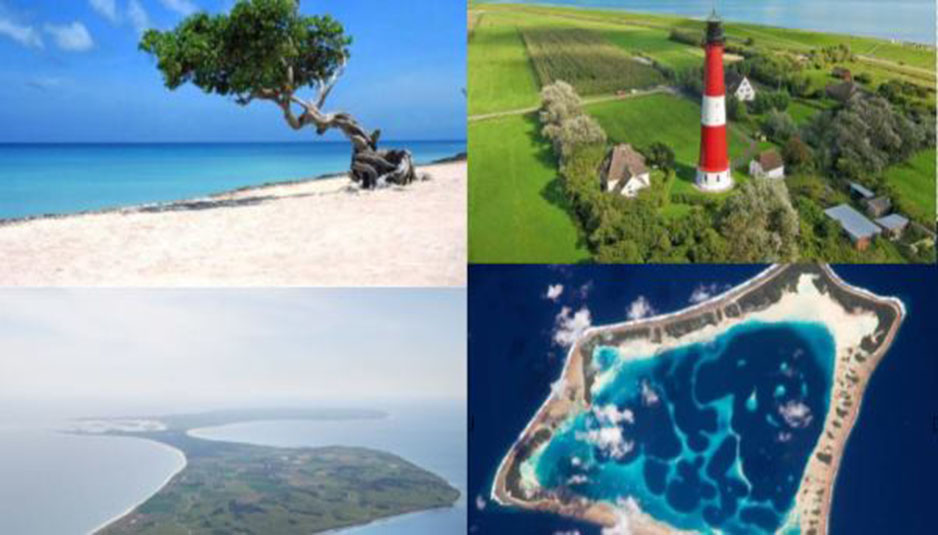Green Islands: how Islands can be Energy Self-sufficient

greenme.it
Few days ago Legambiente (Environmental Italian Organization) published a report called 11 Islands in Transition towards 100% Renewable Energy. The Guinness World Record concerns the small Spanish Island of El Hierro. Since June 2014, about 10.000 inhabitants produce electric energy through hydro and wind plants. Moreover, the government is developing an electric mobility system for the entire island. On the podium there are Samso (Denmark) and Eigg (Scotland) too, meanwhile in the report are studied other contexts such as Bonaire (Oland), Bornholm (Denmark), Pellworm (Germany), Tokelau (New Zeland), Aruba (Oland), Muck (Scotland), White (England) e Gigha (Scotland). Legambiente states that “there are not the minor Italian Islands, symbol of the energetic problem in Italy. It is fundamental to shift from fossil fuel technologies to renewable ones, starting a public debate in order to change the energy production in Italy too”.
Renewable technologies made Samso island energy independent while Pellworm produces three times the electric demand of its 1.200 inhabitants thanks to an integrated system characterized by eight wind blades, a solar plant and small cogeneration plants. The Danish island of Bornholm produces more than 50% of its electric needs through renewable sources – mainly wind farms and biomass plants. In Bornholm has been implemented a water-consumption rationalization policy and an internal sustainable mobility system with ecological buses, public and free. Tokelau (New Zeland) is the first place in the world which produces the total electric energy demand directly from the sun thanks to a photovoltaic plant.
In Legambiente report, they benchmark 11 islands with three Italian realities: Favignana, Giglio and Lampedusa. These ones are the key players of Isole Smart Energy, a Legambiente project developed in order to study and realize a new energetic model 100% renewable, through renewable and efficient plants, putting in contact the demand and the production. Edoardo Zanchini, Legambiente’s vice-president, stated that “Right now the energy is expensive in the small Italian islands because it is produced by old fossil fuel plants. Despite Italian renewable potentialities are huge, the transition, which is a success all over the world, in Italy is blocked. The problem is that in the islands the diffusion of new technologies is not enough, meanwhile renewable systems are widespread in all the Italian municipalities and they guaranteed over the 38% of the overall electric consumption in 2014. In order to change the situation, some efficiency improvements in oil plants, as Renzi’s government wrote, are not enough at all. We rather need a radical change in the grid and plant management, we need new ideas in order to understand how we could use new technologies, stock systems and renewable production plants in island-contexts. It is important as well, start a confrontation about new norms that we need in order to push this prospective and, maybe, then we could start a European dialogue finding new production and management system”.
Legambiente is already moving forward this goal. It is making questionnaires, statistics and it is starting to sensitize the population about the topic in order to understand what really are the needs of the island’s people and educate them as a consequence. We all hope that Italy, because of the potential it has, could reach the goal it needs, as soon as possible.
